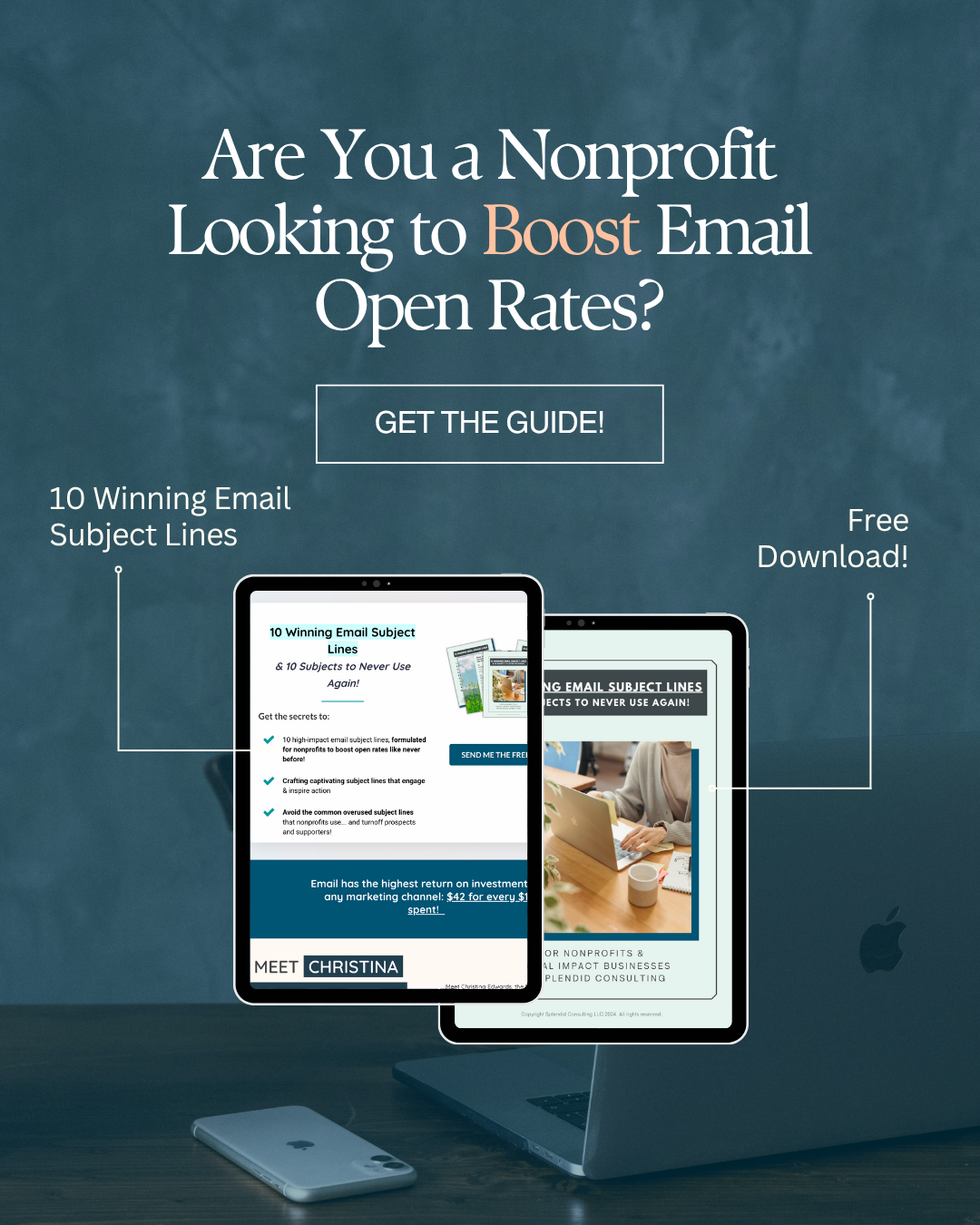Why Online Giving Fees Are Not the Villain
A Modern Nonprofit Leader’s Guide to Trust, Transparency, and Sustainable Impact
Maybe your board member, donor, or friend has asked:
"Why are nonprofits asking donors to cover fees?"
"Why am I being asked to tip when I donate?"
"Shouldn’t my full gift go directly to the cause?"
I get it.
If you are not inside the nonprofit sector every day, these questions seem logical. But the truth is far more nuanced, and understanding it matters for the future of generosity.
As someone who works with organizations raising thousands, hundreds of thousands, and even millions online, here’s what I want you to know.
Fees Are Not a Penalty for Giving
They are the infrastructure that makes generosity possible.
When you donate online, your gift is processed through companies like Stripe or PayPal. These are the same systems every retailer on the planet uses. Your credit card information has to be encrypted, authenticated, verified, and protected. Fraud has to be screened. A receipt has to be generated.
That costs money.
It always has.
Most donors do not know that when they give one hundred dollars online, the nonprofit never actually receives one hundred dollars. A small portion automatically goes to the credit card processor. This is true whether a nonprofit uses Givebutter, FundraiseUp, PayPal, DonorPerfect, or any other tool.
This is not a nonprofit problem. It is the cost of digital commerce.
And nonprofits participate in the digital world for one simple reason. Donors expect the ability to give from their couch without hunting for a checkbook. If I can buy sneakers online in ten seconds, I should be able to support a cause in the same amount of time.
That convenience is worth the small fee it takes to make it possible.
Why Nonprofits Offer the Option to Cover Fees
The checkbox that says “cover transaction costs” or “add a tip” is not a trick.
It is transparency.
It shows donors exactly what the real cost of processing their gift looks like. They can opt in or opt out. Nothing is hidden.
And here’s the part most people miss.
Most donors choose to cover the fee once they understand what it is.
Not because the nonprofit is offloading expenses.
But because people want their gift to go as far as possible.
A donor who adds three dollars to cover the processing cost is not being nickel and dimed. They are extending the reach of their generosity. It is generosity layered on generosity.
The Bigger Issue: Trust
The recent GoFundMe controversy reminded us of something important.
People do not get upset about fees.
People get upset when they feel something was done without their consent.
Hidden pages. Hidden fees. Hidden decisions.
That breaks trust.
Transparency and agency build it.
When a nonprofit clearly says, “Here is the real cost of making your donation safe and seamless. You can choose to cover it if you want,” that creates confidence, not confusion.
Donors want clarity.
They want honesty.
They want to know the organization respects their ability to make an informed decision.
Trust is everything in fundraising.
Choice is how we protect it.
Why Nonprofits Cannot Simply Absorb All Fees
Many people ask, “Why not just absorb them so donors do not have to see them?”
Here is the simple truth.
Most small and mid-sized nonprofits cannot absorb every fee and remain sustainable.
Every two or three dollar fee, multiplied by thousands of gifts, becomes real money. That money would come directly out of program budgets, staff salaries, medical supplies, education services, community outreach, food distribution, or whatever work the organization does.
Absorbing fees might sound noble, but it is not scalable.
Offering choice is.
The Overhead Myth Revisited
The idea that a donation is only “pure” if one hundred percent of it goes straight to programs is a myth that has done enormous harm to the sector.
Programs do not run without people.
People cannot work without salaries.
And salaries cannot be funded without infrastructure.
Processing systems, secure technology, donor support, and compliance are not distractions from the mission. They are what allow the mission to exist.
Impact requires infrastructure.
Fees help fund that infrastructure.
The Tools I Recommend for My Clients
Two of the platforms I consistently recommend are Givebutter and FundraiseUp.
Givebutter
A tip-supported model that lets nonprofits turn tips on or off.
When tips are on, there is no platform fee or Stripe fee. Nonprofits can raise money without a monthly plan and only pay when they actually receive donations.
FundraiseUp
A percentage-based model with a clean “cover transaction costs” option that donors understand clearly. No monthly fee. AI-powered donation tools that increase conversions and average gift size.
The common thread:
Both tools center transparency, donor choice, and ease of giving.
They support trust, not undermine it.
What Donors Really Want
People want to give to a cause they believe in.
They want it to be quick.
They want it to feel safe.
They want the process to make sense.
They want to know their generosity matters.
Fees are not the barrier to that experience.
Lack of clarity is.
When nonprofits invite donors into the real cost of digital giving, and when donors are given the choice to participate in that cost, everyone wins.
The organization raises more.
The donor feels respected.
The mission strengthens.
The impact grows.
And that is what generosity is all about.

